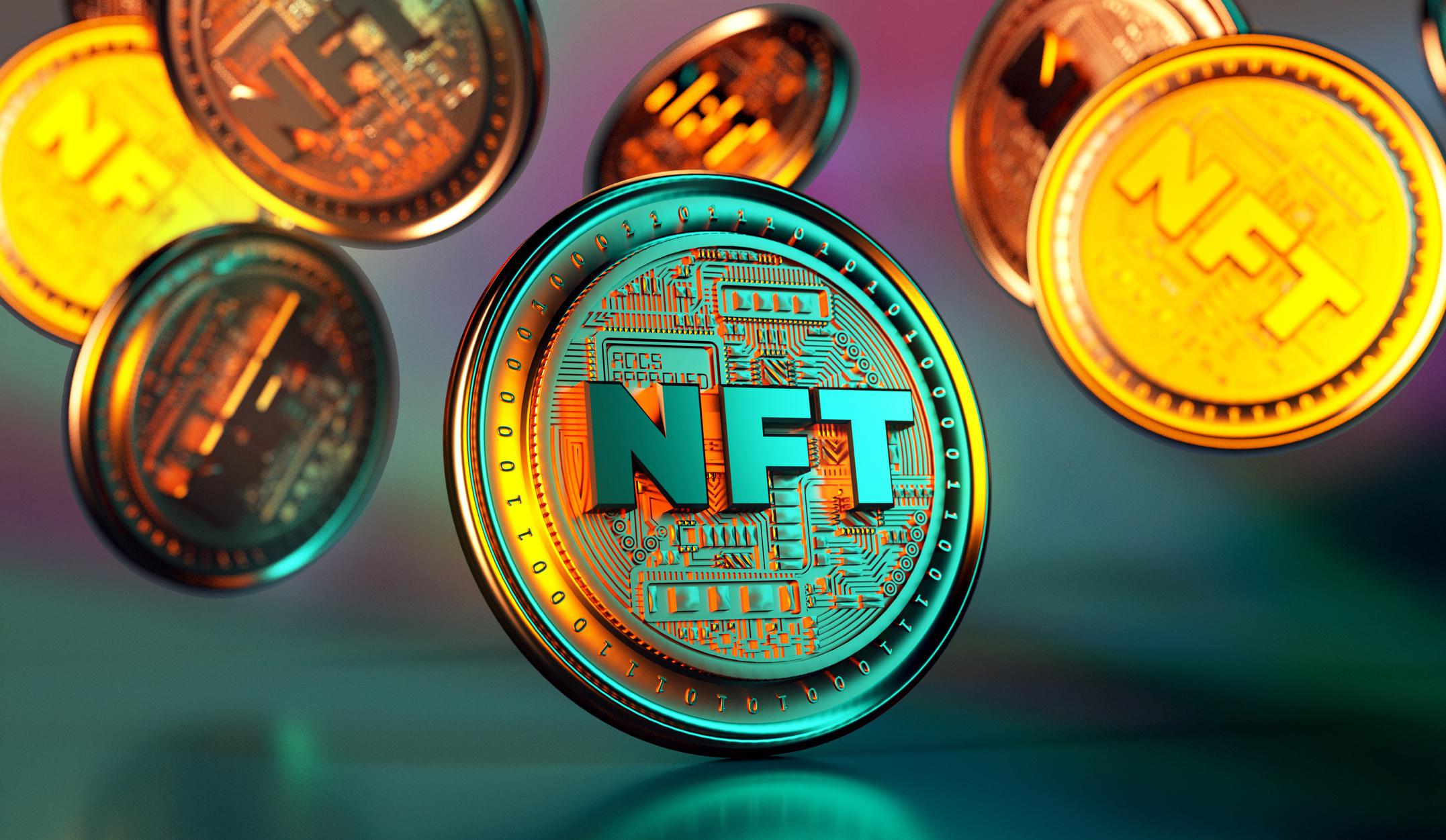Despite price drops, NFT users are still in the game.
Buyers returned to the non-fungible token (NFT) market in June even as prices extended their decline, a new report from blockchain analytics firm Nansen shows, indicating that the intangible benefits of art ownership as well as its status as an alternative investment are giving a lift that’s absent from cryptocurrencies.
Following a series of NFT events and conferences in the past month, Nansen’s Q2 NFT Report found that monthly returning buyers of NFTs on the Ethereum ETH blockchain bounced back to 45,000 in June after seeing less than 35,000 in May. Nansen also credits a series of free minting events, also called AirDrops, as a reason for the increased activity. AirDrops are often used by new collections as a way to gain initial consumers and build their user base.
The firm reviewed six indexes of NFT collections of NFTs denominated in ETH that are representative of trends in the market.
The six gauges – NFT-500, Blue Chip-10, Social-100, Game-50, Art-20 and Metaverse-20 – saw significant decreases in Q2 from the first three months of 2022. Nansen’s Gaming index fell the most, 59.6% from the beginning of the year. The NFT-500 index saw a contraction in membership, with only 310 collections meeting liquidity requirements to participate.
“One such reason is that ETH inflows and circulations are concentrated in Blue Chip or large-cap NFTs within the NFT market,” says Louisa Choe, research analyst at Nansen. “Such a phenomenon hints at the risk-off attitude among NFT market participants.”
This cautious sentiment points to investors focusing on capital preservation rather than taking risks in hopes of gains. The report points to limited liquidity in the NFT market as a sign that June’s participant uptrend may not sustain.
An earlier report by the firm found that various cryptocurrencies, which are essentially fungible tokens, move more in step with each other than they do with NFTs. Still, the growth in users points to a larger question – why buy NFTs in the first place?
“Prominent reasons include social motivations such as perceived online identity, inclusion and a sense of solidarity,” says Choe. “Such motivations prevail despite a market downturn, thereby keeping market participants engaged.”
The largest gainer was the Art-20 index, up 33.1% in June and 35% for the year. Generative art collections like Chromie Squiggle and The Currency particularly topped the charts for a total market capitalization of $202,000.
Generative art made up 92% of the market capitalization of art NFTs, up from 89.5% at the end of Q1. Unlike digital art, generative describes works that have in whole or in part been created with the use of computer systems that include elements of chance. Generative art projects will often vary in color but stay relatively uniform in shape. Autoglyphys, the first Ethereum-based generative art collection, currently holds a price floor of 299.95 ETH, according to NFT Price Floor.
The Nansen Art-20 index was also the least volatile index in Q2, pointing to its comparative strength within the indexes measured.
“Historic analysis reported that the art market tends to lag behind the broad market. Art prices also typically fall less than the equities market,” adds Choe. “The appreciation of Art NFTs hints at market participants looking for alternative assets as a means to diversify their portfolios.”
It is important to note that the report only tracked NFT collections based on the Ethereum blockchain. While Ethereum-based NFTs accounted for 82.2% of NFT volume traded in June, NFT collections also exist within Solana SOL , Polygon MATIC and other Ethereum blockchain alternatives.

